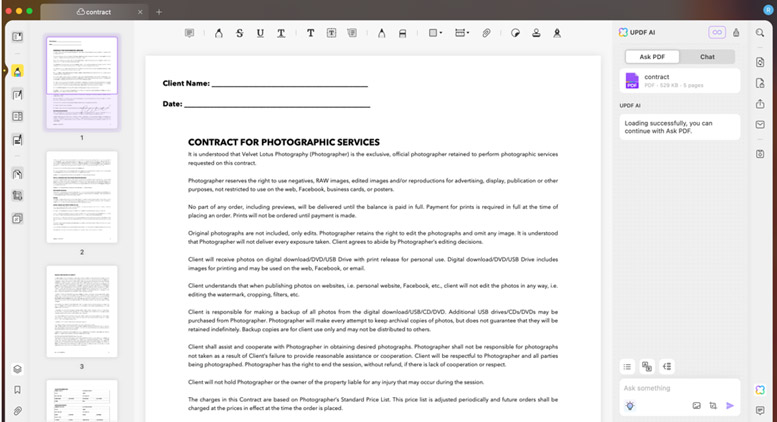Digital data chases converged reality
Enterprises wrestle with integrated data formats
The rising tide of intertwined structured and unstructured data types is threatening to engulf corporations as a multitude of computing devices flourishes in a sea of diverse file formats, protocols, and standards. Chasing user demand for seamless consumption of multiple data types on a single client, technologies earmarked to capture and manage digital data are converging.
The example offered by Cupertino, Calif.-based Apple Computer’s introduction of a presentation application highlights the reality of this digital agenda. Keynote is compatible with Microsoft PowerPoint, allows users to import nearly any file type, including PDF, QuickTime, Flash, MP3 audio, and Photoshop, Apple officials said.
The sheer abundance of data types used across both the enterprise and consumer landscapes is driving this trend, in addition to rising demand on the part of enterprise users to make decisions based on real time access to information from any location. It is a question of breaking down traditional silos of data, stored in both structured and unstructured formats. The root of the problem is “having a lot of information in an e-mail system and a lot in a database, and very little ability to apply some business intelligence across the two repositories,” said Dana Gardner, research director at Boston-based Aberdeen Group.
Alignment of once-distinct technology segments — spanning CM (content management), KM (knowledge management), database, messaging, and BI (business intelligence) — is already under way. But the eventual goal of convergence and its related enterprise benefits may still be a long way out.
Convergence of these technologies “sounds great in theory, but it is quite difficult to pull off, because most of the suppliers of products have a vested interest in supporting their particular stack or approach. There are very few companies that have a horizontal enough perspective that it makes sense to pull in all together,” Gardner said.
Although one of the major promises of enterprise CM is the capability to deal with content whatever its form, it is a technical challenge, according to Stephen O’Grady, an analyst at Hollis, N.H.-based research firm RedMonk.
“Often the different types of assets really do need to be treated differently. If you are dealing with a huge 50MB image vs. a small HTML file, they need to be handled differently by different systems,” O’Grady said.
Platform giants Microsoft and IBM understand this situation, and both are moving to adopt a unified data storage model across multiple internal systems including messaging. Microsoft’s forthcoming Yukon release of SQL server will eventually serve as the data store for Exchange; IBM is moving toward DB2 as the underlying data store for Domino and other applications.
Oracle, for its part, already leverages its 9i database for its collaboration suite, and it is also tightening links between the portal, integration, and database layers in the next version of Oracle 9iAS Portal application due in the first half of the year.
When these database-focused strategies bear fruit in two years to four years, multiple data types may whittle down to only a few, resulting in more cohesive and effective data management, according to Gardner. A unified approach to managing multiple data types carries significant strategic benefits for enterprises, including lower costs, server reduction, and increased BPM (business process management), according to analysts. “You can start to apply process across systems much more easily,” Gardner said.
Other efforts showing promise include increased support for XML across a variety of enterprise applications and the incorporation of digital asset management capabilities into CM and portal technology.
Documentum purchased digital media management company Bulldog earlier this year, and IBM beefed up electronic records management and digital asset control capabilities in its Content Manager product with the purchase of Terrian in November. IBM touts the digital savvy of its Content Manager, which can digitize documents, images, and other content formats so the file can be easily retrieved, managed, and integrated into other applications, according to Brett MacIntyre, IBM’s vice president of Content Management.
Adding fuel to fire is the recent spate of high-profile corporate e-mail scandals and new corporate compliance legislation, both of which are forcing enterprises to incorporate digital rights and asset management as part of CM strategies.
“With all the e-mail and instant messages, electronic records are piling up, and people don’t know how to deal with it. There are serious legal implications with this,” O’Grady said. As the long-term vision of unified data management slowly takes shape, IT executives facing purchasing decisions should try to reduce the number of new formats while unifying the old ones, according to analysts.
“If your end goal is to reduce complexity in types of formats, you have to juggle — you need to demand adherence to a set of standards, a framework, or a stack,” Aberdeen Group’s Gardner said.




